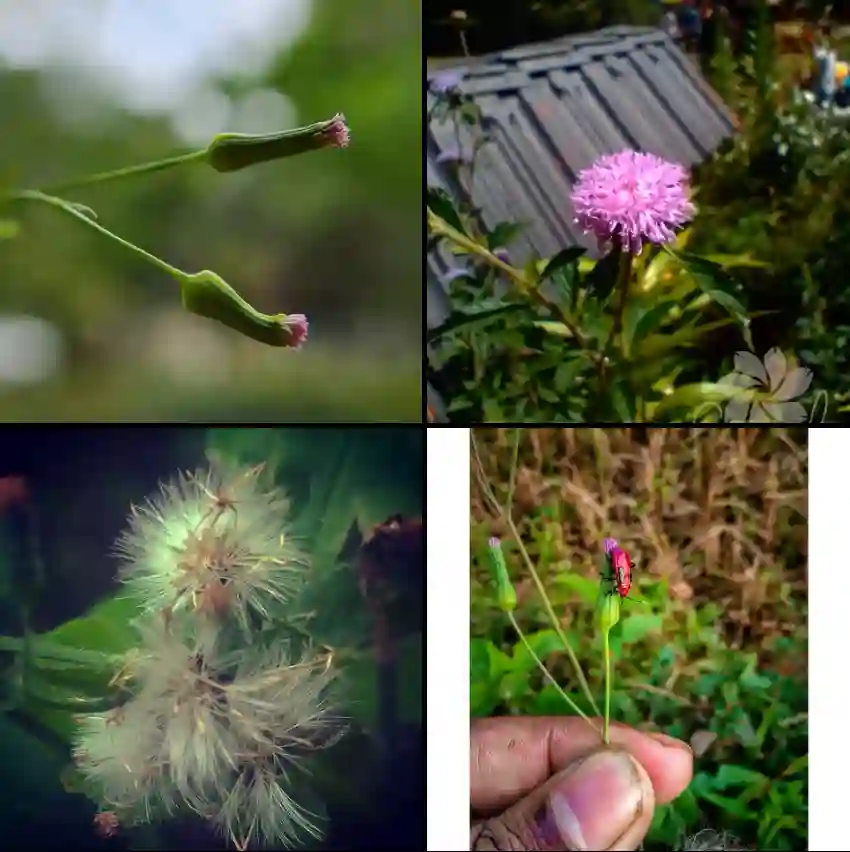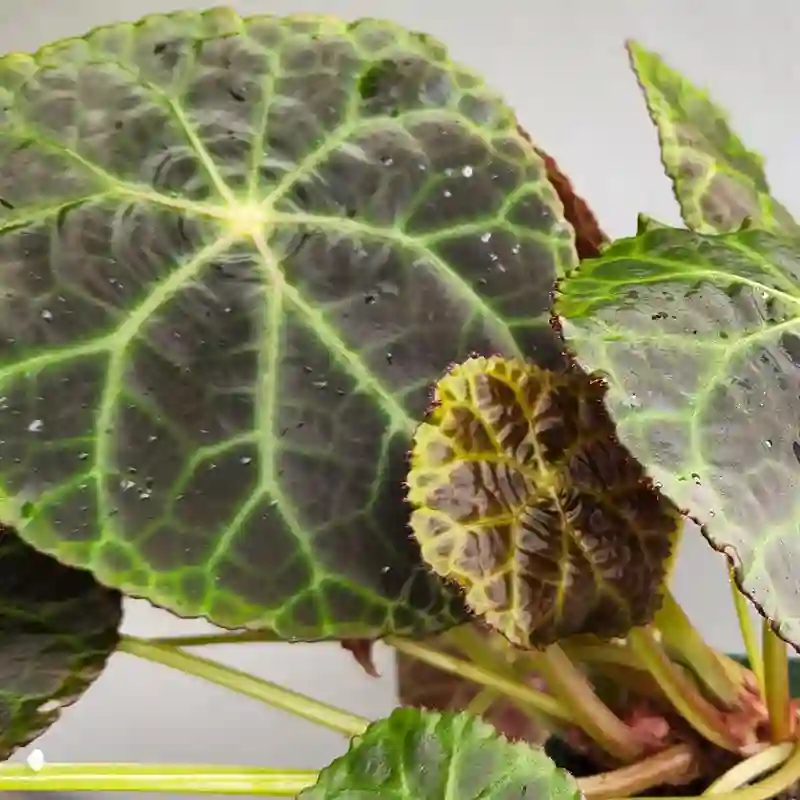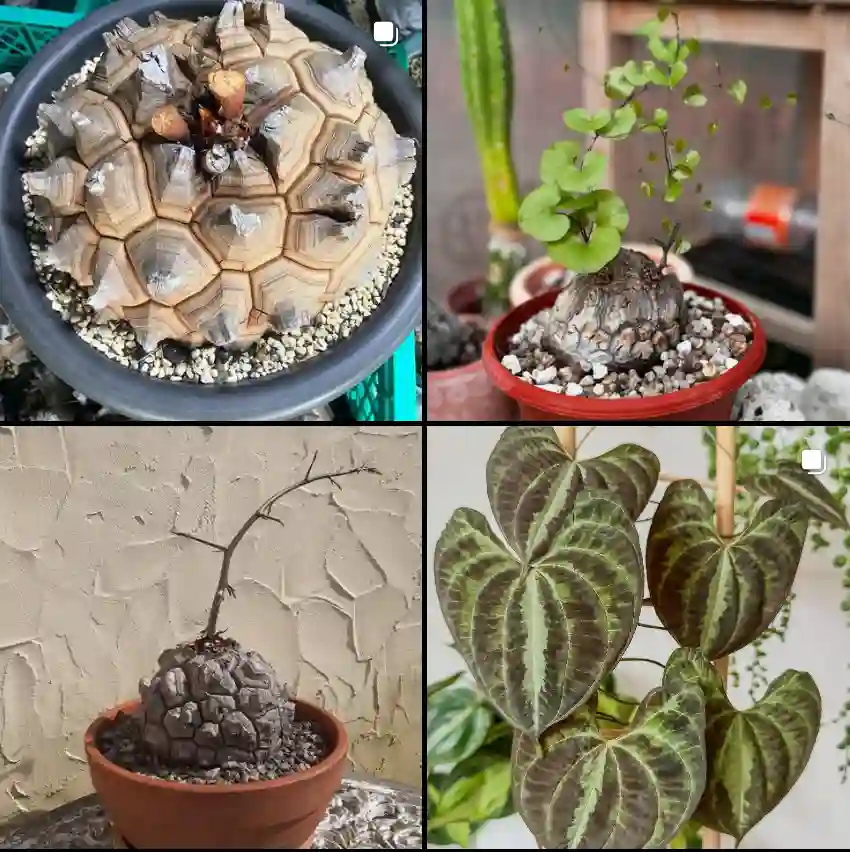Are Pink Monsteras Real? The Truth Behind the Hype
Hi everyone, Ferb Vu here. As a passionate plant enthusiast, I’ve seen my fair share of stunning foliage. But lately, the internet has been buzzing about a mythical creature: the Pink Monstera. So, are these vibrant beauties real, or just a clever trick of the light (or Photoshop)? Let’s dig in.
67 Species in Genus Monstera
The Allure of Pink: Why We Crave This Color
Pink holds a special place in our hearts. It evokes feelings of calmness, joy, and love. In the world of plants, pink variegation (patches of color different from the main foliage) creates a stunning visual effect. Imagine lush, green Monstera leaves adorned with soft or vibrant pink accents. It’s no wonder these photos go viral!
The Reality: Monsteras vs. Philodendrons
Here’s the truth: true Monsteras, like the popular Monstera Deliciosa, don’t naturally produce pink variegation. However, there’s a plant often mistaken for a Monstera that does boast beautiful pink tones: the Philodendron Pink Princess.
These Philodendrons exhibit a natural genetic mutation that creates stunning pink variegation on their leaves. The pink shades can range from soft blush to a vibrant fuchsia, making them highly sought-after by collectors.
Look Out for Imposters: Dodging Photoshopped Pink Monsteras
While the Philodendron Pink Princess offers genuine pink beauty, be wary of online photos depicting a “Pink Monstera”. These are often cleverly edited images, preying on the desire for this unique plant.
Here are some tips to identify genuine Pink Princess photos:
- Natural variation in pink tones: Real pink variegation shows a range of color intensity, not a uniform pink across the entire leaf.
- Imperfections add authenticity: Look for subtle blemishes or variations in leaf shape, signs of a real plant, not a perfect digital creation.
Causes of Pink Variegation:
- Genetics: The most common cause is a natural mutation in the plant’s genes that affects chlorophyll production. Chlorophyll is the pigment responsible for green color in plants. Reduced chlorophyll allows other pigments, like anthocyanins (responsible for pinks, reds, and purples), to show through.
- Somatic Mutations: These occur during a plant’s growth, affecting specific branches or leaves. This can create interesting patterns with some areas having more pink variegation than others.
Impact of Light on Pink Variegation:
- Importance of Light: Plants with pink variegation need sufficient light for photosynthesis, but too much direct sun can scorch the pink areas. Find a balance between bright, indirect light and protecting the delicate pink tones.
- More Light, More Pink (Maybe): In some cases, increased light can encourage more pink variegation on new growth. However, this isn’t guaranteed and prioritize overall plant health over forcing pink.
Challenges of Pink Variegation:
- Less Vigorous Growth: Variegated sections don’t photosynthesize as efficiently as green areas. This can lead to slower growth compared to entirely green plants.
- Maintaining Pink: As the plant matures, it might revert to producing more green leaves. Propagating from cuttings with good variegation helps ensure you continue to enjoy the pink tones.
Additional Tips:
- Fertilize Sparingly: Overfertilization can reduce variegation. Use a balanced fertilizer diluted to half strength during the growing season.
- Rotate Your Plant: Regularly rotate your Pink Princess to ensure even light distribution and prevent leggy growth towards the light source.
Beyond Pink: Explore the Wonderful World of Variegated Plants
While the Pink Princess steals the show, there are many other stunning pink variegated plants to explore. Here are a few suggestions:
- Syngonium Pink Splash
- Aglaonema Siam Pink
- Tradescantia Pink Panther
- Peperomia Pink Lady
- Aeonium Pink Witch
- Colocasia Pink Sapphire
The world of houseplants offers endless beauty and variety. While the true Pink Monstera might remain elusive, the stunning Philodendron Pink Princess and countless other variegated plants provide ample opportunity to add a touch of vibrant color to your home. Happy planting!
If i die, water my plants!



